Search
communications
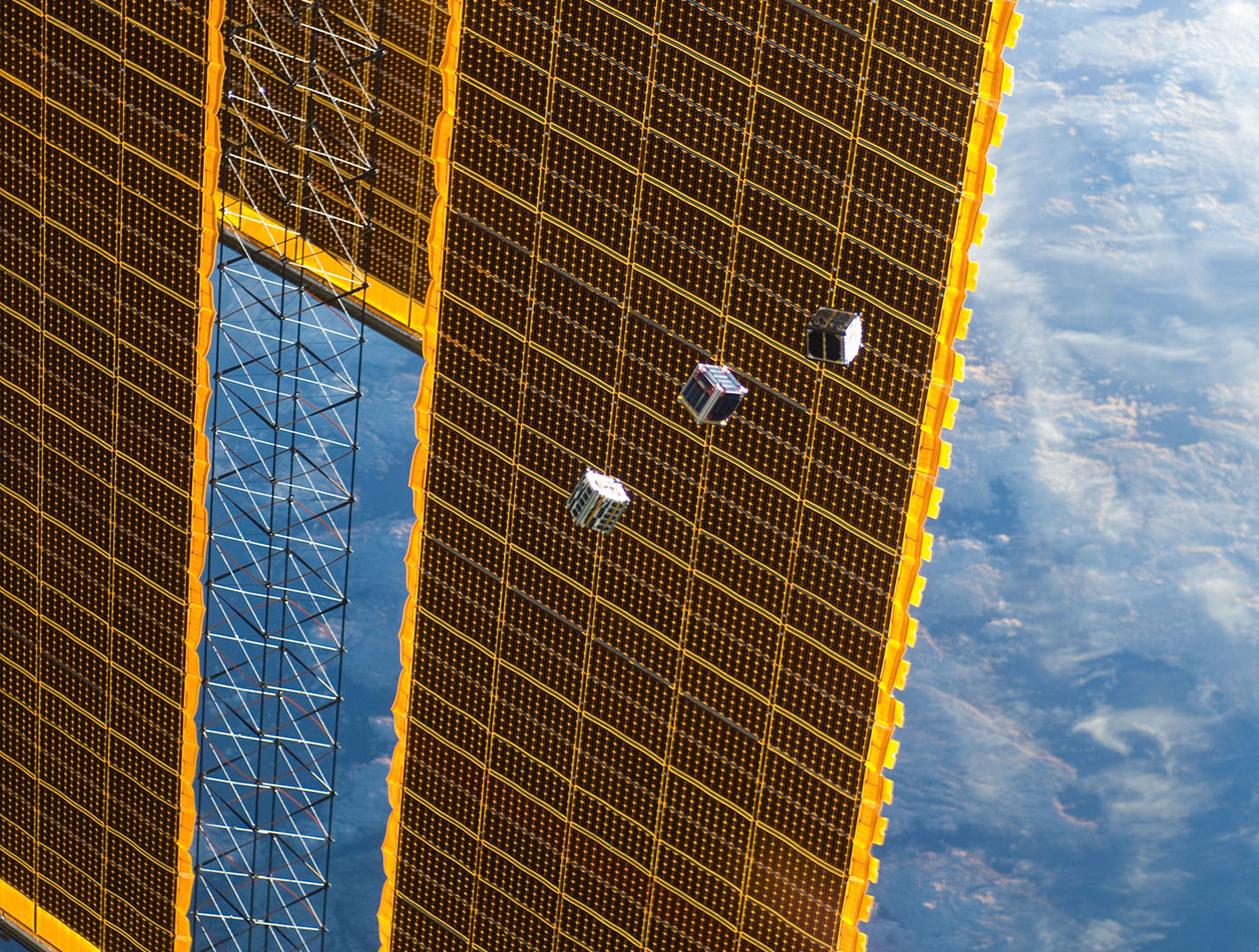
Tunable Multi-Tone, Multi-Band, High-Frequency Synthesizer
Glenn's revolutionary new multi-tone, high-frequency synthesizer can enable a major upgrade in the design of high data rate, wide-band satellite communications links, in addition to the study of atmospheric effects. Conventional single-frequency beacon transmitters have a major limitation: they must assume that atmospheric attenuation and group delay effects are constant at all frequencies across the band of interest. Glenn's synthesizer overcomes this limitation by enabling measurements to be made at multiple frequencies across the entire multi-GHz wide frequency, providing much more accurate and actionable readings.
This novel synthesizer consists of a solid-state frequency comb or harmonic generator that uses step-recovery semiconductor diodes to generate a broad range of evenly spaced harmonic frequencies, which are coherent and tunable over a wide frequency range. These harmonics are then filtered by a tunable bandpass filter and amplified to the necessary power level by a tunable millimeter-wave power amplifier. Next, the amplified signals are transmitted as beacon signals from a satellite to a ground receiving station. By measuring the relative signal strength and phase at ground sites the atmospheric induced effects can be determined, enabling scientists to gather essential climate data on hurricanes and climate change. In addition, the synthesizer can serve as a wideband source in place of a satellite transponder, making it easier to downlink high volumes of collected data to the scientific community. Glenn's synthesizer enables a beacon transmitter that, from the economical CubeSat platform, offers simultaneous, fast, and more accurate wideband transmission from space through the Earth's atmosphere than has ever been possible before.
information technology and software

Autonomic Autopoiesis
Highly distributed next-generation computer-based systems require self-managing environments that feature a range of autonomic computing techniques. This functionality is provided by collaborating agents, and includes an apoptotic (self-destruct) mechanism, autonomic quiescence (self-sleep), and others. The apoptotic feature is necessary to maintain system security and integrity when a component endangers the overall operation and viability of the entire system. However, the self-destruction of an agent/component may remove a key piece of functionality. The novel autopoietic functionality provides the capability to duplicate or substitute a new agent that provides the functionality of the self-destructed component.
environment

CubeSat Compatible High Resolution Thermal Infrared Imager
This dual band infrared imaging system is capable of spatial resolution of 60 m from orbit and earth observing expected NEDT less than 0.2o C. It is designed to fit within the top two-thirds of a 3U CubeSat envelope, installed on the International Space Station, or deployed on other orbiting or airborne platforms. This infrared imaging system will utilize a newly conceived strained-layer superlattice GaSb/InAs broadband detector array cooled to 60 K by a miniature mechanical cryocooler. The camera is controlled by a sensor chip assembly consisting of a newly developed 25 m pitch, 640 x 512 pixel.
information technology and software
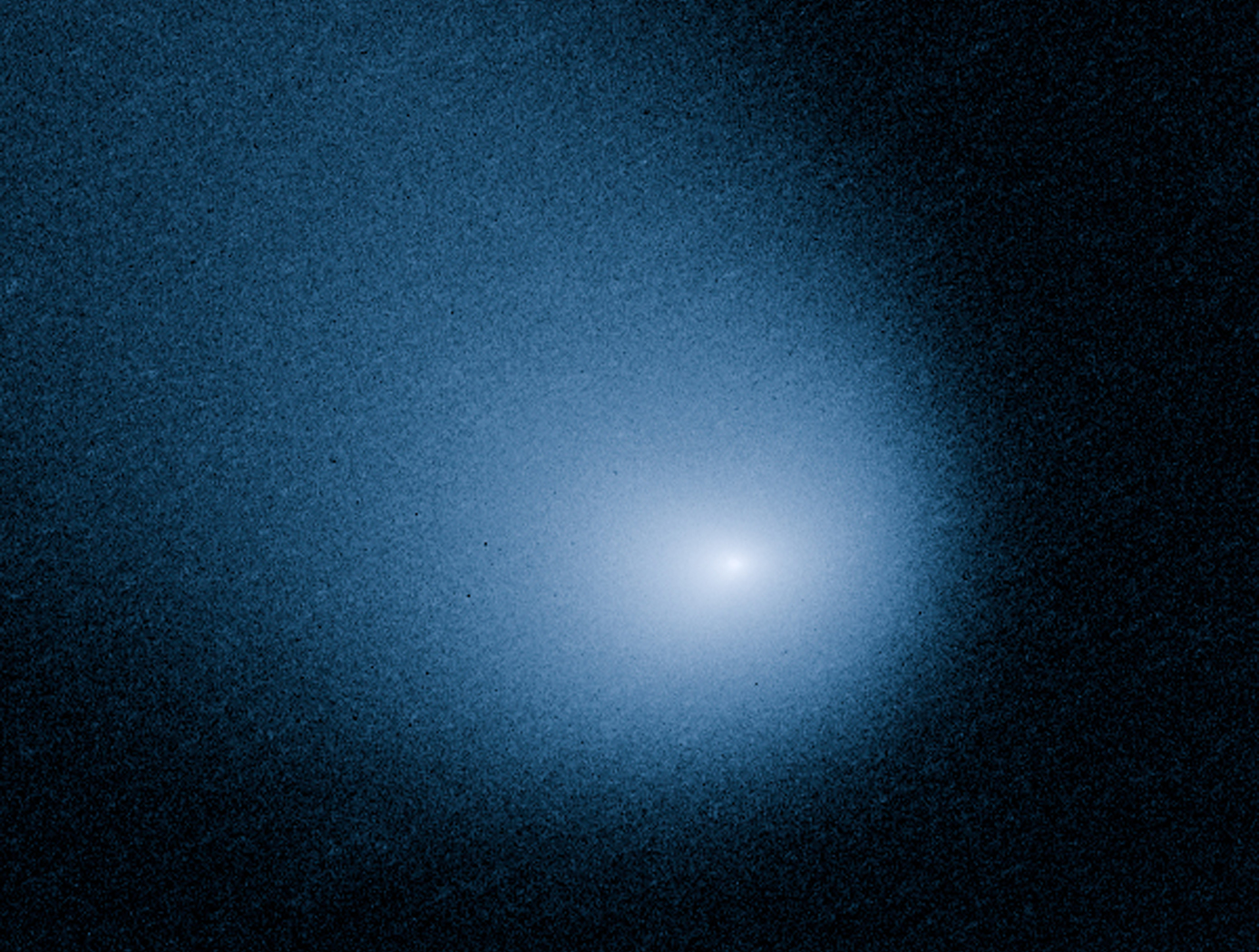
Automata Learning in Generation of Scenario-Based Requirements in System Development
In addition, the higher the level of abstraction that developers can work from, as is afforded through the use of scenarios to describe system behavior, the less likely that a mismatch will occur between requirements and implementation and the more likely that the system can be validated. Working from a higher level of abstraction also provides that errors in the system are more easily caught, since developers can more easily see the big picture of the system.
This technology is a technique for fully tractable code generation from requirements, which has an application in other areas such as generation and verification of scripts and procedures, generation and verification of policies for autonomic systems, and may have future applications in the areas of security and software safety. The approach accepts requirements expressed as a set of scenarios and converts them to a process based description. The more complete the set of scenarios, the better the quality of the process based description that is generated. The proposed technology using automata learning to generate possible additional scenarios can be useful in completing the description of the requirements.
aerospace

Diminutive Assembly for Nanosatellite deploYables (DANY)
SmallSat designers seek to employ restraints and release mechanisms of minimal size and weight, often placing each on the outside of the SmallSat structure. Surprisingly, "fishing line" (released via burn through) is often used to secure and release deployables. Vibrations and forces generated during launch can stretch the fishing line, thus allowing these precious deployables to become damaged or otherwise not release properly later on. While these small sats are less expensive than their larger counterparts, satellite owners must minimize the chance that deployables are damaged or that deployment is unsuccessful.
Five years ago, engineers at NASA GSFC faced these SmallSat deployment challenges and knew a better way must exist to prevent equipment damage and ensure successful release. Investigating a host of designs to minimize size, weight, and cost while maximizing communication and mechanical reliability, NASA's engineers created DANY (the Diminutive Assembly for Nanosatellite deploYables). NASA's DANY technology uses spring-loaded metal pins, a reliable burn-through mechanism, efficient bracketing, and a circuit board - all within a 3.0" x 1.3" x 0.2" volume (smaller than a stack of 10 business cards) - to reliably stow and release deployables on command. Using DANY, stowed deployables are securely fastened using the spring-loaded locking pins. Upon receiving a deployment signal, a plastic restraining link is burned through which allows the spring-loaded pins to release the deployable and simultaneously trigger a switch to signal a successful deployment event.
aerospace
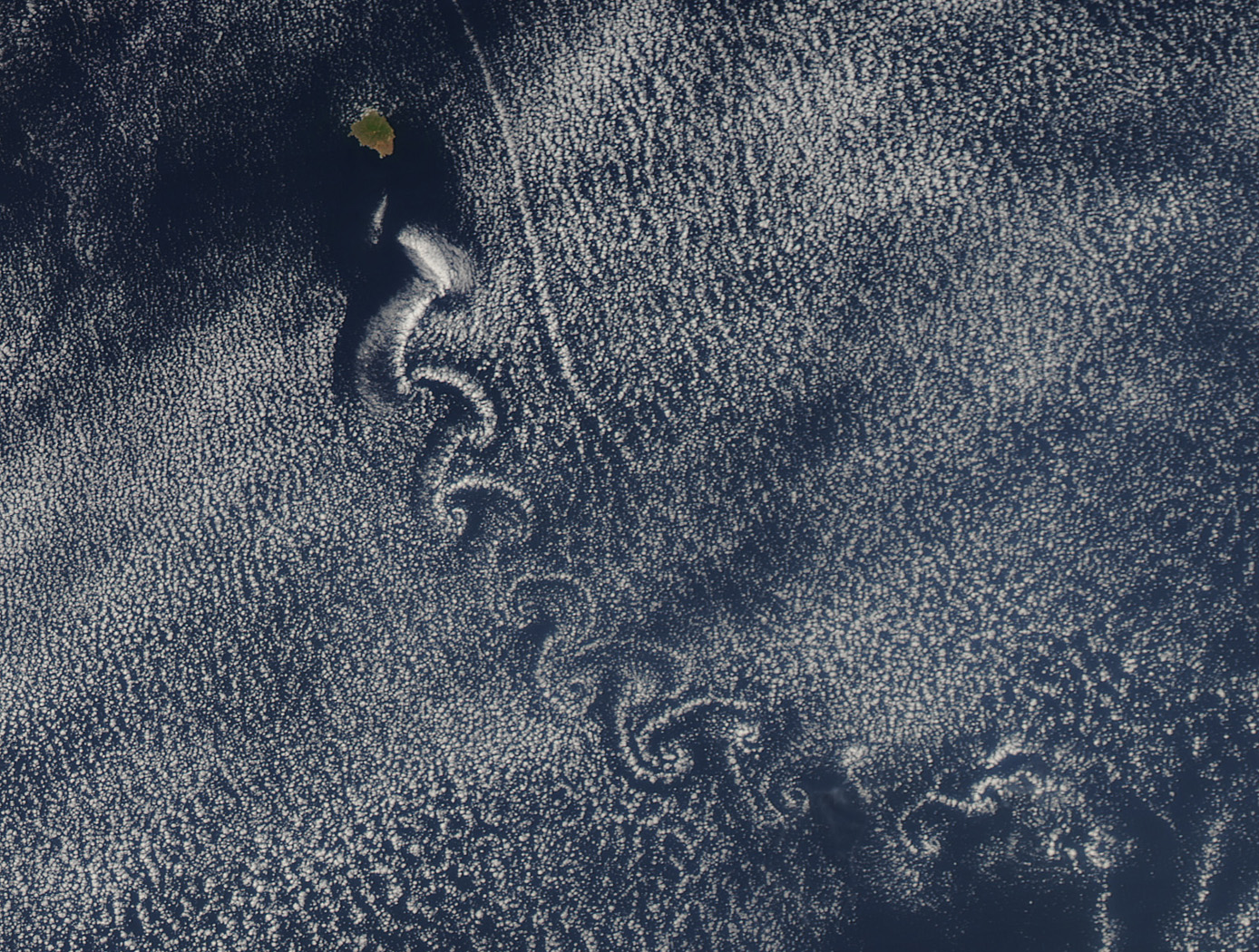
CubeSat Form Factor Thermal Control Louvers
Thermal control of small spacecraft, including CubeSats, is a challenge for the next era of NASA spaceflight. Science objectives and components will still require strict thermal control while smaller volumes will inherently absorb and shed heat more quickly than a larger body. Thus, game-changing technologies must be developed to stabilize the thermal environment inside of small spacecraft.
The CubeSat louver assembly of the present invention is based upon the proven designs of full-sized louvers for large spacecraft. Internal spacecraft components are thermally coupled to the side of the spacecraft. Bimetallic springs serve as a passive control mechanism for opening and closing flaps. As the spacecraft heats up the springs expand due to the difference in thermal expansion rates of their two fused metals (hence bimetallic). This opens the flaps, changing the thermal radiation properties of the exterior surface. As the spacecraft cools the flaps close and return the exterior surface to the previous emissivity. These temperature-driven adjustments create a more stable thermal environment for components.
The power dissipated via the thermal louvers shows a substantial difference between fully closed and fully open louvers at the high temperatures significant for electrical components.
aerospace

Dellingr 6U CubeSat
A NASA team gave itself just one year to develop, test and integrate a CubeSat that could reliably and easily accommodate agency-class science investigations and technology demonstrations at a lower cost. The CubeSat known as Dellingr, a name derived from the god of the dawn in Norse mythology will carry three heliophysics-related payloads. It doubles the payload capability of the ubiquitous and proven three-unit, or 3U, CubeSat pioneered by the California Polytechnic Institute in 1999 primarily for the university community.
The need for such a platform, which measures about 12 inches long, nearly 8 inches wide and 4 inches high, was for more cost-effective approaches to achieve compelling Earth and space science.
Disadvantages of the 3U size include more constraints on volume and power. Furthermore, some studies suggest that previous CubeSats failed 40 percent of the time. By doubling the platform's girth, increasing its power capacity, and employing novel processes to increase its on-orbit reliability, the team believes it will have created a platform capable of carrying out more robust missions for science.
Once successfully demonstrated, the team says it will make the platform's design implemented with low-cost, commercial off-the-shelf parts available to any U.S. organization interested in using it.
materials and coatings
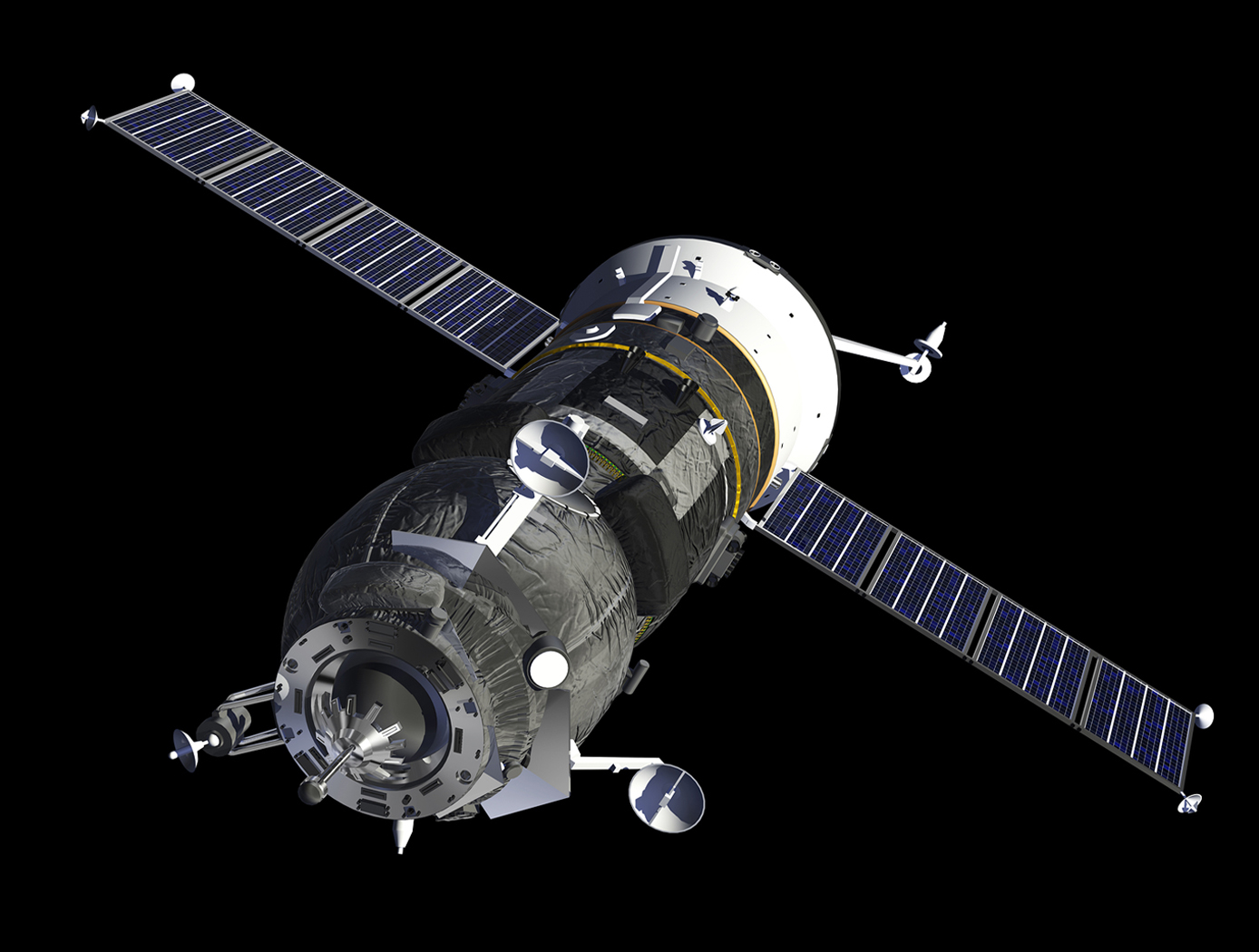
Thermal protection supplement for reducing interface thermal mismatch
The invention includes an exposed surface cap with a specially formulated coating, an insulator base adjacent to the cap with another specially formulated coating, and one or more pins that extend from the cap through the insulator base to tie the cap and base together through ceramic bonding and mechanical attachment. The cap and insulator base have corresponding depressions and projections that mate and allow for differences in thermal expansion of the cap and base. The cap includes a high-temperature, low density, carbonaceous, fibrous material whose surface is optionally treated with a High Efficiency Tantalum-based Ceramic Composite (HETC) formulation, the fibrous material being drawn from the group consisting of silicon carbide foam and similar porous, high temperature materials. The insulator base and pin(s) contain similar material. The mechanical design is arranged so that thermal expansion differences in the component materials (e.g., cap and insulator base) are easily tolerated. It is applicable to both sharp and blunt leading edge vehicles. This extends the possible application of fibrous insulation to the wing leading edge and/or nose cap on a hypersonic vehicle. The lightweight system comprises a treated carbonaceous cap composed of Refractory Oxidation-resistant Ceramic Carbon Insulation (ROCCI), which provides dimensional stability to the outer mold line, while the fibrous base material provides maximum thermal insulation for the vehicle structure. The composite has graded surface treatments applied by impregnation to both the cap and base. These treatments enable it to survive in an aero-convectively heated environment of high-speed planetary entry. The exact cap and base materials are chosen in combination with modified surface treatments and a specially formulated surface coating, taking into account the duration of exposure and expected surface temperatures for the particular application.
Aerospace
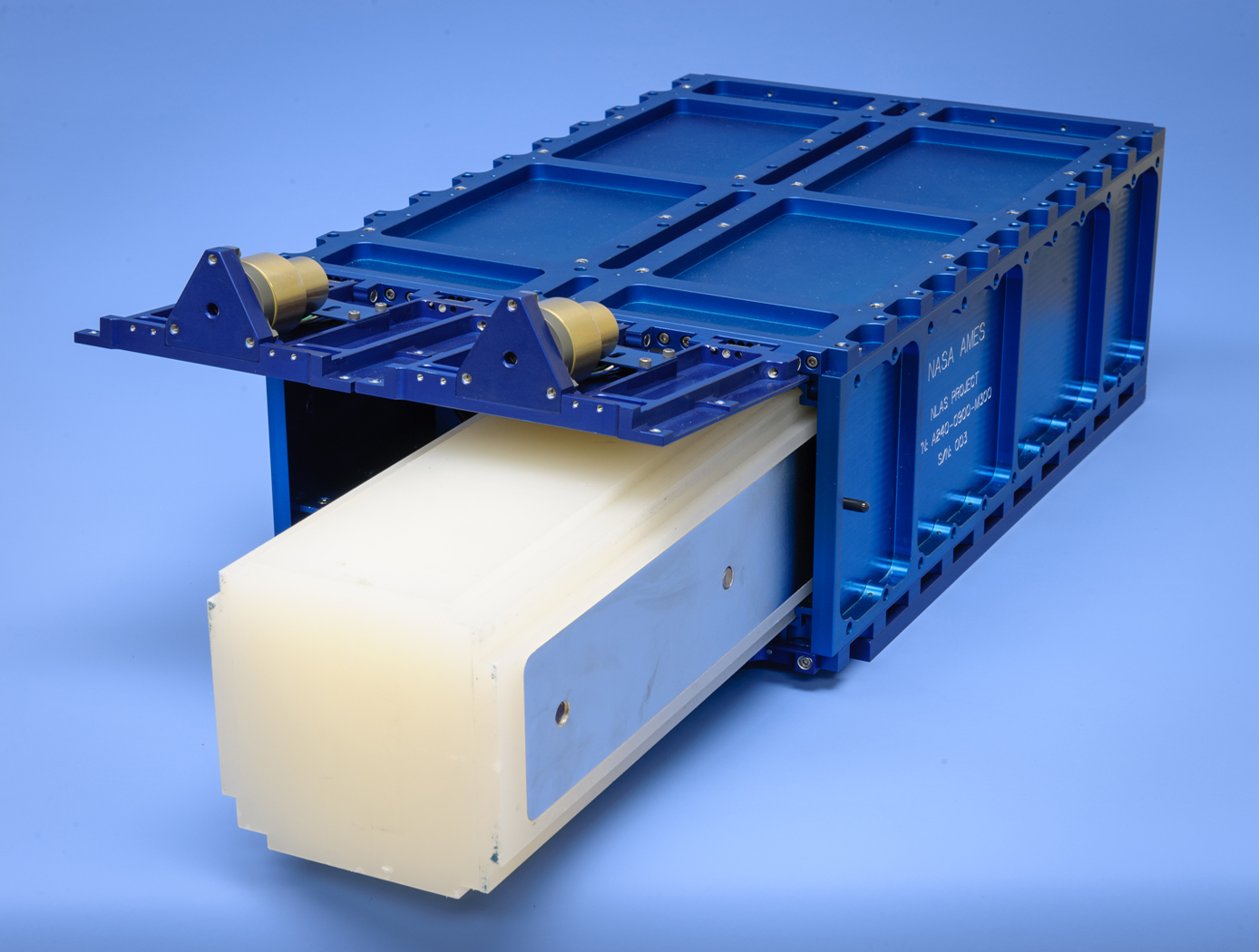
Nanosatellite Launch Adapter System
NLAS consists of three configurable subsystems to meet the needs of a multi-spacecraft launch. The Adapter is the primary structure that provides volume for secondary payloads between the rocket and the primary spacecraft. The Adapter takes advantage of the frequently unused volume within the rocket fairing. It fits up to 4 NLAS Dispenser units, or 8 eight Poly-PicoSatellite Orbital Deployers (P-PODs), or any combination thereof. The NLAS Dispenser is reconfigurable to support either two 3U bays or a single 6U bay and is compatible with 1U, 1.5U, 2U, 3U, and 6U satellites. The Dispenser system is the first 6U deployment system backwards compatible to 3U spacecraft. Finally, the NLAS deployment Sequencer is an internally powered subsystem which accepts an initiation signal from the launch vehicle and manages the actuations for each deployment device per a user programmable time sequence. It is programmed using ground support equipment (GSE) and a simple graphical user interface (GUI) on a computer.
communications
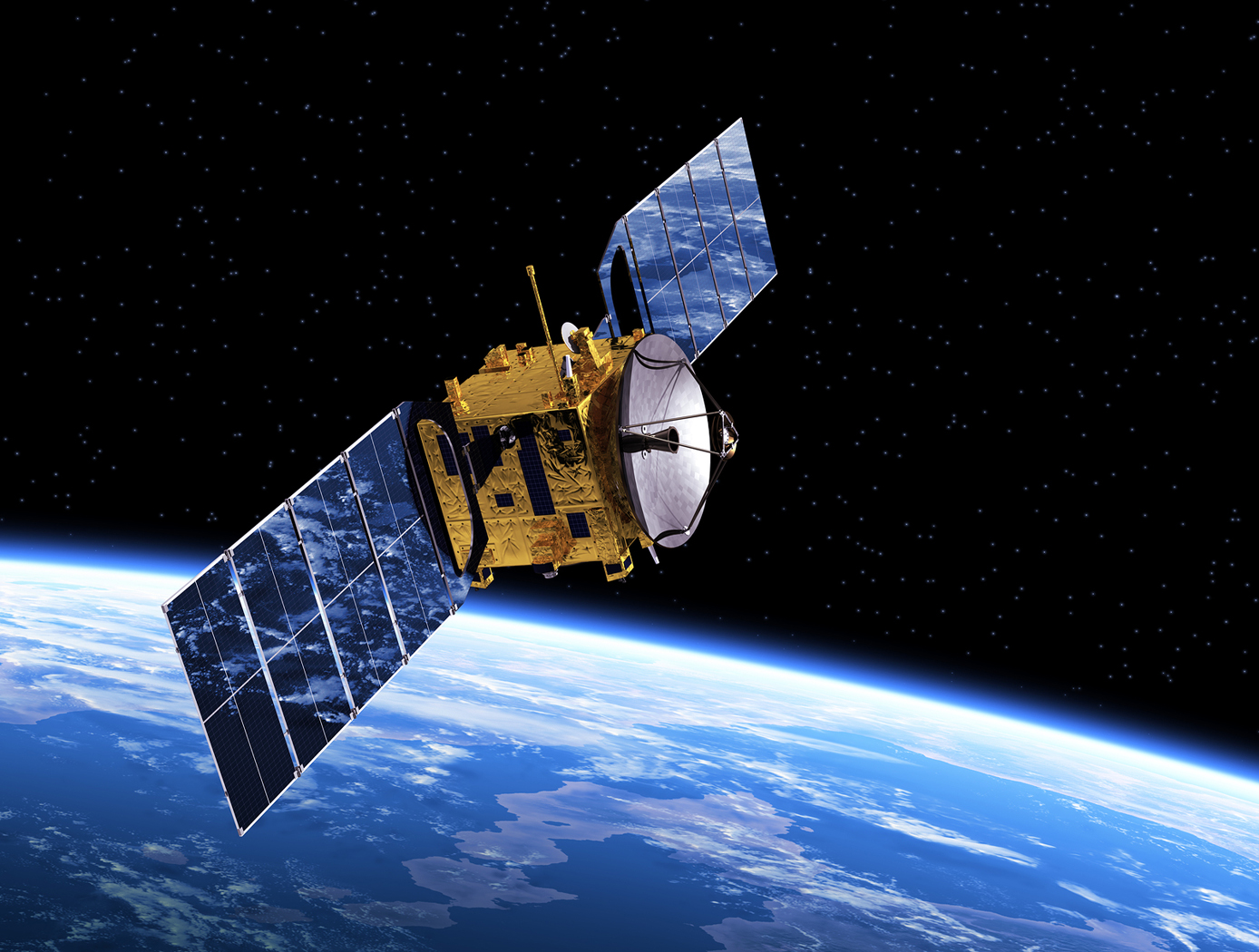
Space Optical Communications Using Laser Beams
This invention provides a new method for optical data transmissions from satellites using laser arrays for laser beam pointing. The system is simple, static, compact, and provides accurate pointing, acquisition, and tracking (PAT). It combines a lens system and a vertical-cavity surface-emitting laser VCSEL)/Photodetector Array, both mature technologies, in a novel way for PAT. It can improve the PAT system's size, weight, and power (SWaP) in comparison to current systems. Preliminary analysis indicates that this system is applicable to transmissions between satellites in low-Earth orbit (LEO) and ground terminals. Computer simulations using this design have been made for the application of this innovation to a CubeSat in LEO. The computer simulations included modeling the laser source and diffraction effects due to wave optics. The pointing used a diffraction limited lens system and a VCSEL array. These capabilities make it possible to model laser beam propagation over long space communication distances. Laser beam pointing is very challenging for LEO, including science missions. Current architectures use dynamical systems, (i.e., moving parts, e.g., fast-steering mirrors (FSM), and/or gimbals) to turn the laser to point to the ground terminal, and some use vibration isolation platforms as well. This static system has the potential to replace the current dynamic systems and vibration isolation platforms, dependent on studies for the particular application. For these electro-optical systems, reaction times to pointing changes and vibrations are on the nanosecond time scale, much faster than those for mechanical systems. For LEO terminals, slew rates are not a concern with this new system.



